Wild mushroom foraging takes time and patience, but the reward of finding delicious edible fungi is priceless. Mushrooms grow everywhere, not just in the woods, and it’s pretty simple to get started enjoying this bounty from mother earth.
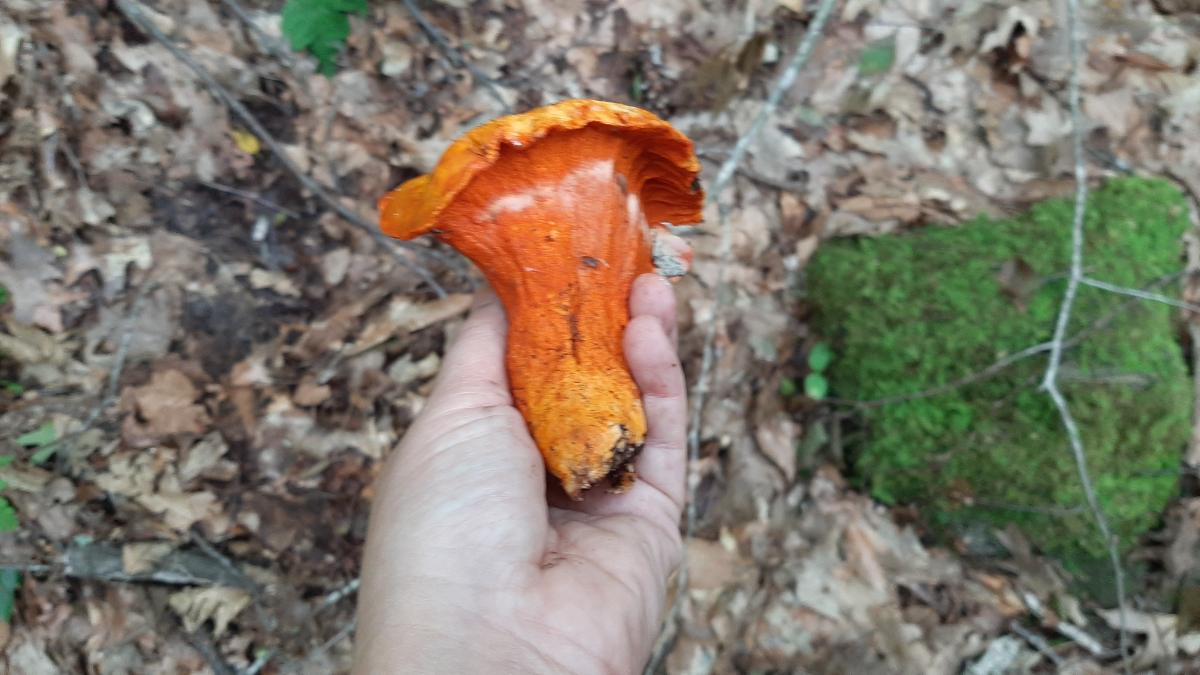
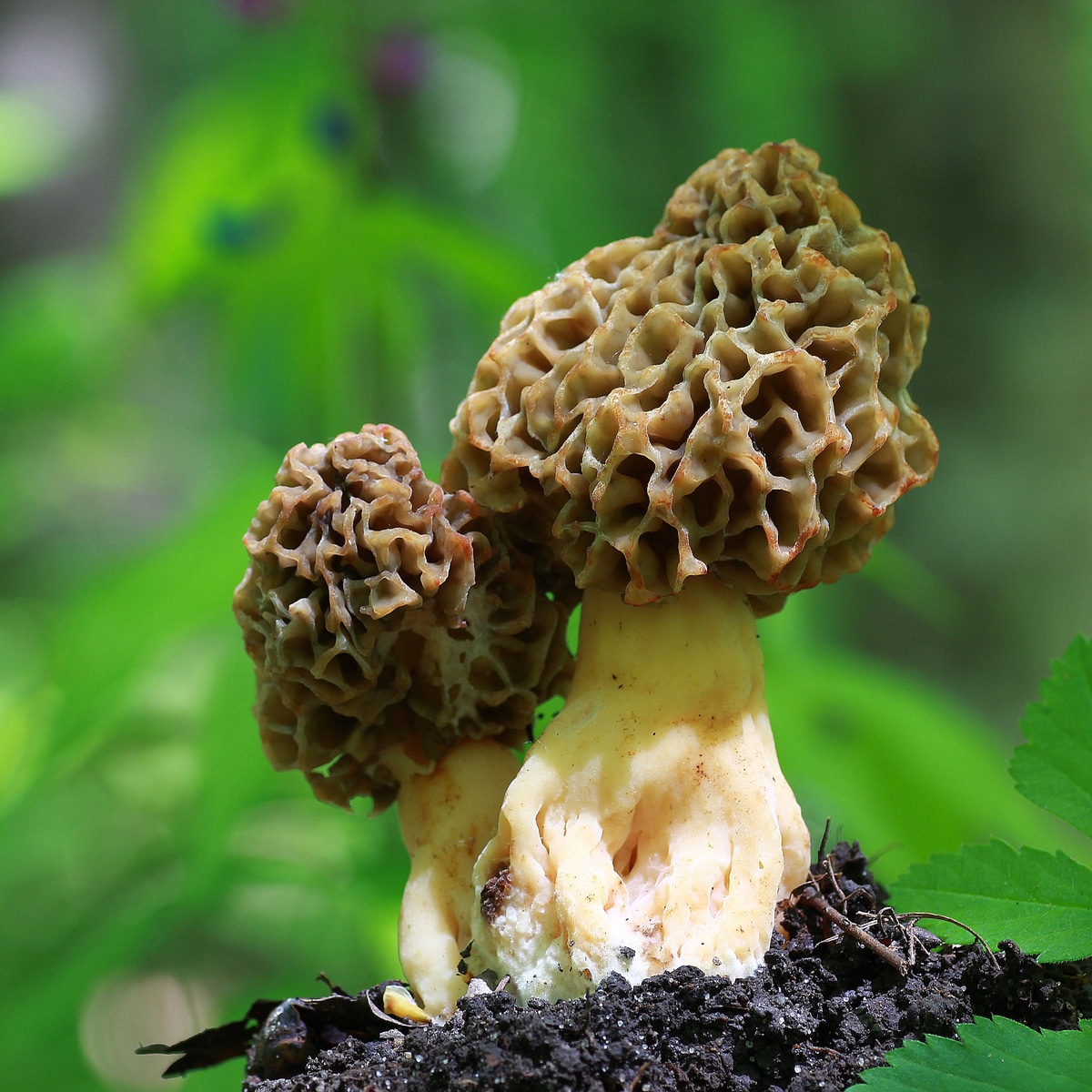
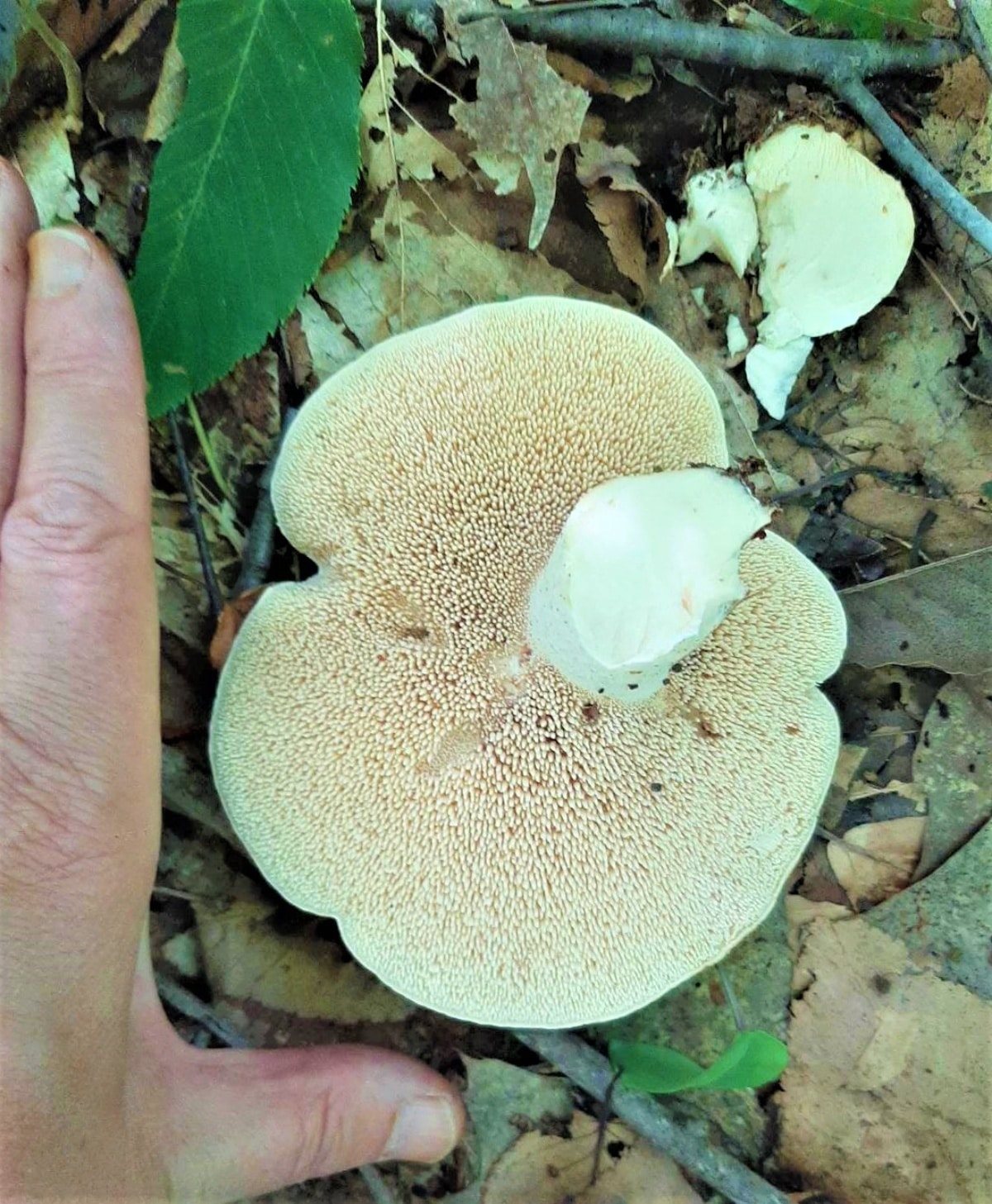
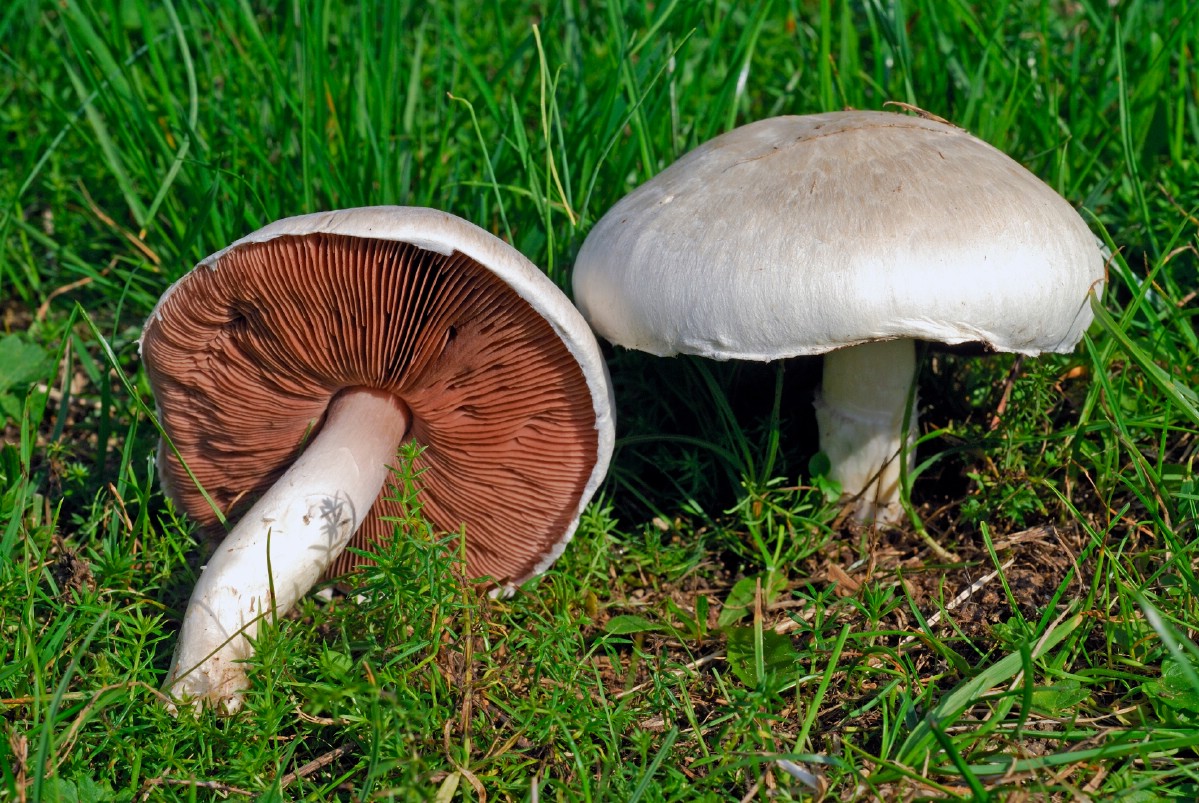
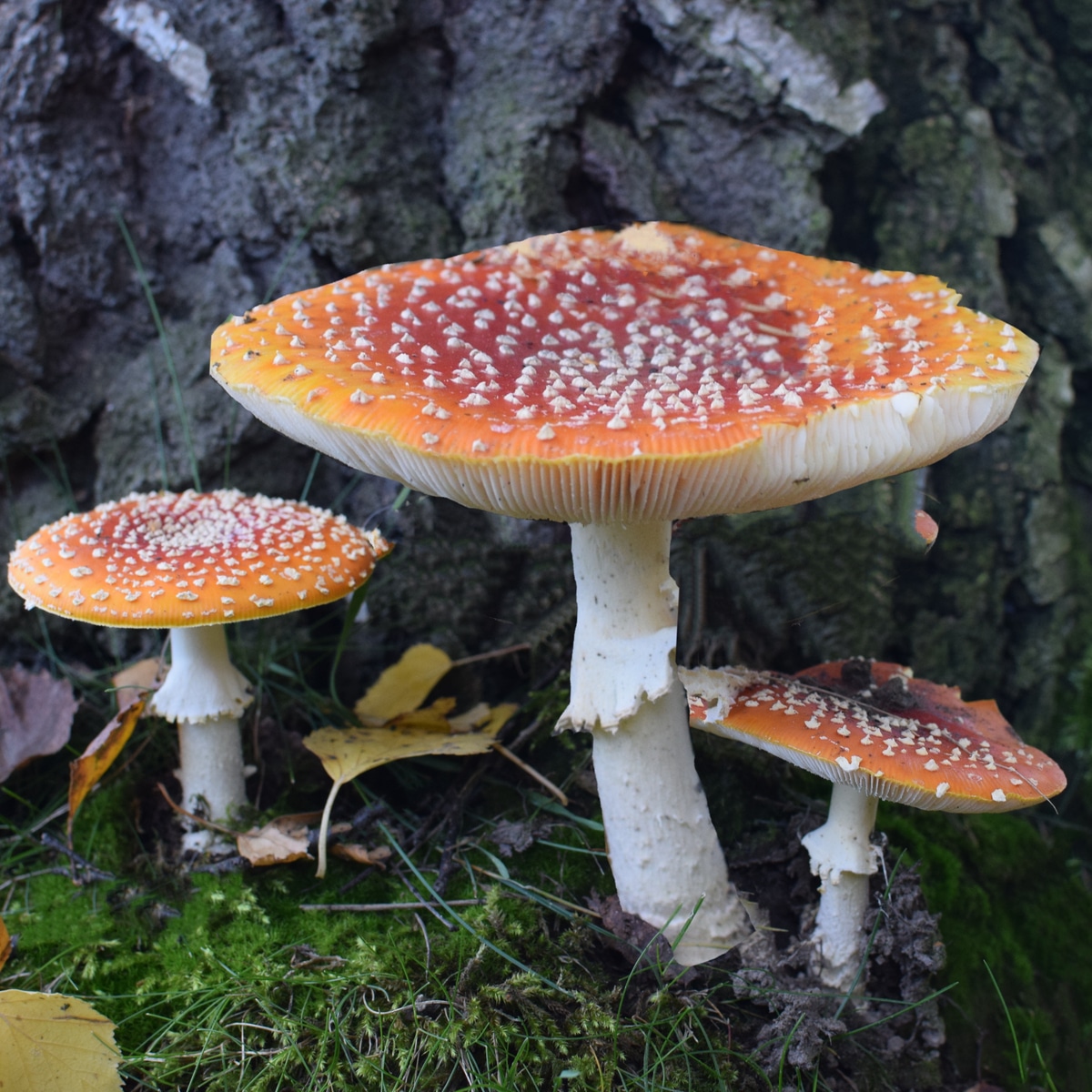
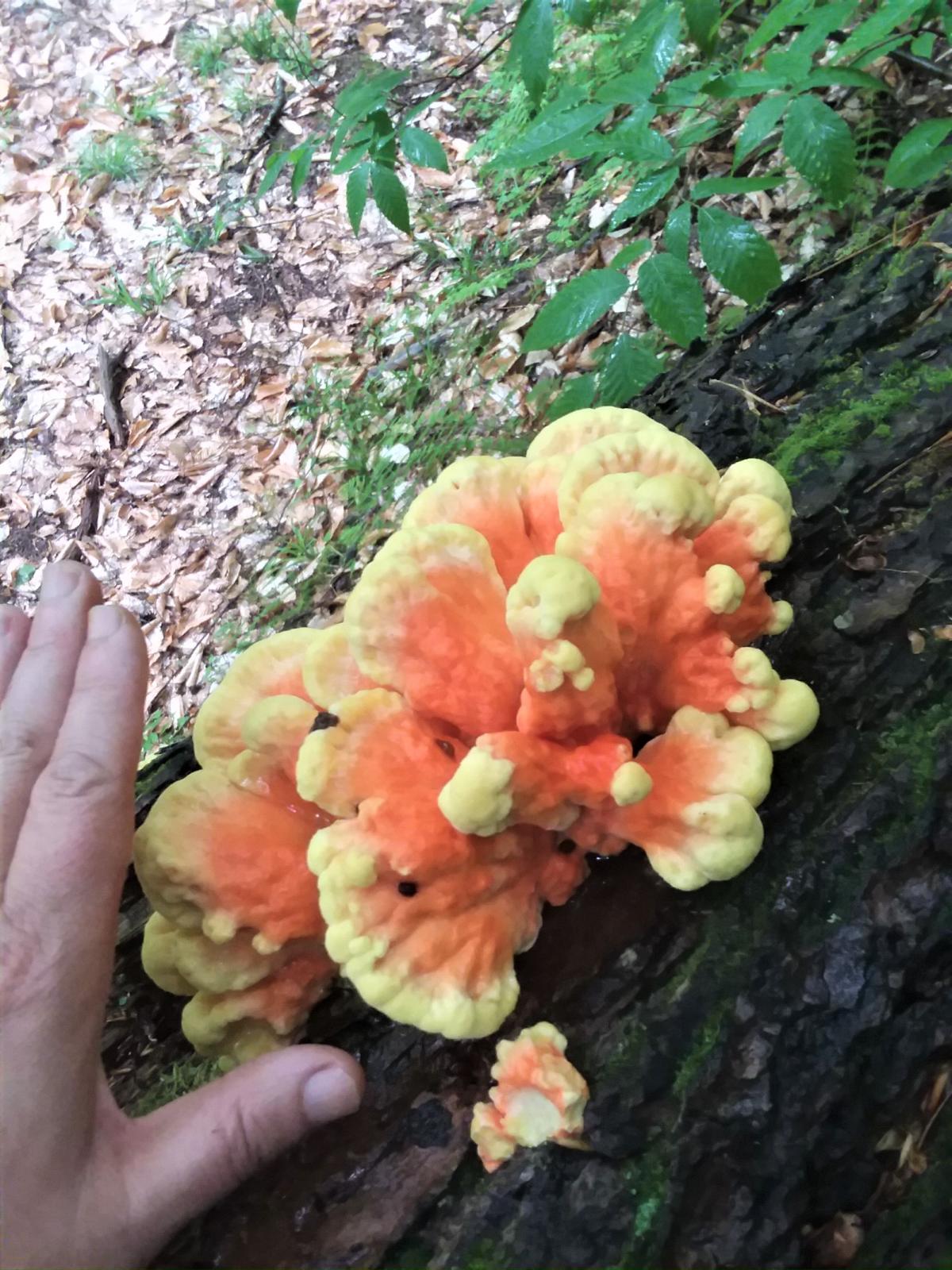
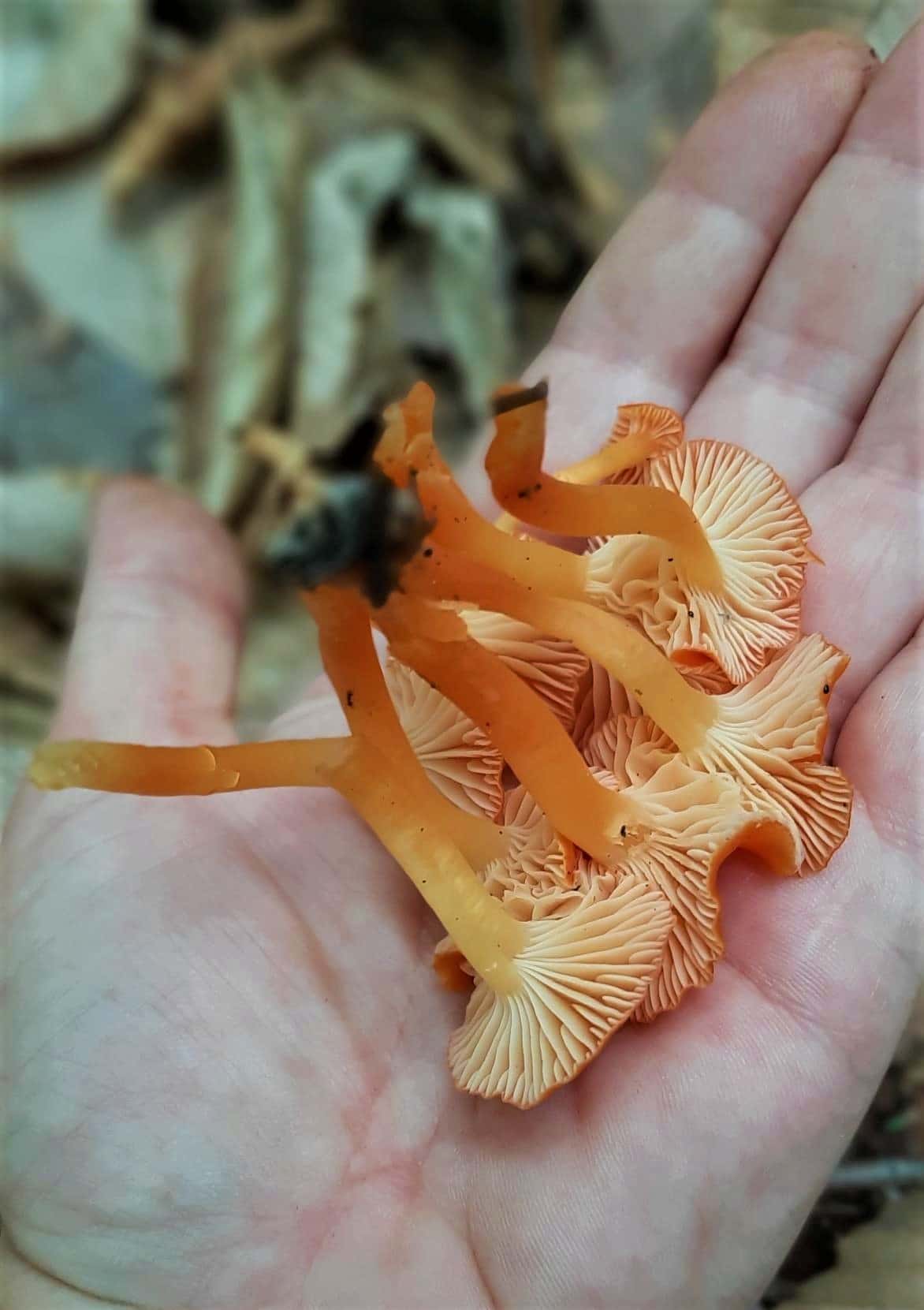
Jump to:
Mushroom Foraging 101
- Never eat any mushroom you’re not 110% sure about. Don’t play around with this rule; your life is not worth the risk.
- Get a good ID book and learn the basics of identification – stems, reticulation, gills, pores, spore prints, staining, growth habit, and environment. Also, always take pictures when you pick. Mushrooms can change colors or deteriorate after being harvested; by the time you get them home, some distinguishing characteristics may have changed.
- There are no shortcuts or overarching rules about mushroom identification; you must learn each species independently. If someone relays an all-encompassing rule, like “if it doesn’t have gills, it’s safe to eat,” walk away. That is not how mushrooms work!
- Always be prepared – wear good boots, bring water, carry a knife, have a compass and map, and tell someone where you’re going. It’s easy to get turned around in the forest, especially when distracted by a fantastic mushroom find.
- Focus on identification, not edibility – while finding edible mushrooms is a lot of fun, when you approach mushroom foraging with just edibility in mind, you overlook essential characteristics and some really cool fungi. Plus, since only about 5% of mushrooms are edible, you’ll likely find many more non-edible species. The fungi kingdom has so much to offer; don’t get caught up on only those that will fill your belly.
- Embrace the process. No one will learn all the mushroom species in one season – the experts take decades to study the craft. Also, mushrooms are finicky – sometimes you’ll go out in the woods for 5 minutes and find a treasure trove; other days, you’ll tramp around for hours and find nothing.
- Tread lightly – Fungi are interconnected with the land. If you destroy their habitat, you do much more than hurt just one species. When out foraging, don’t disturb the natural environment; only pick what you will use.
- Join Clubs – Most cities, towns, or regions have at least one mushroom foraging or mycology club. Join them for mushroom walks – it’s one of the best ways to learn and connects you with long-time foragers and experts. The best information comes from local foragers!
- Don’t rely on the Internet! – This is especially true for Facebook groups, where people with no business or experience with mushrooms love tossing out ids. You’ll find yourself in a world of stomach pain if you base your identification on what random internet strangers say. This isn’t to say the groups are worthless; just let them be your guide, not your authority.
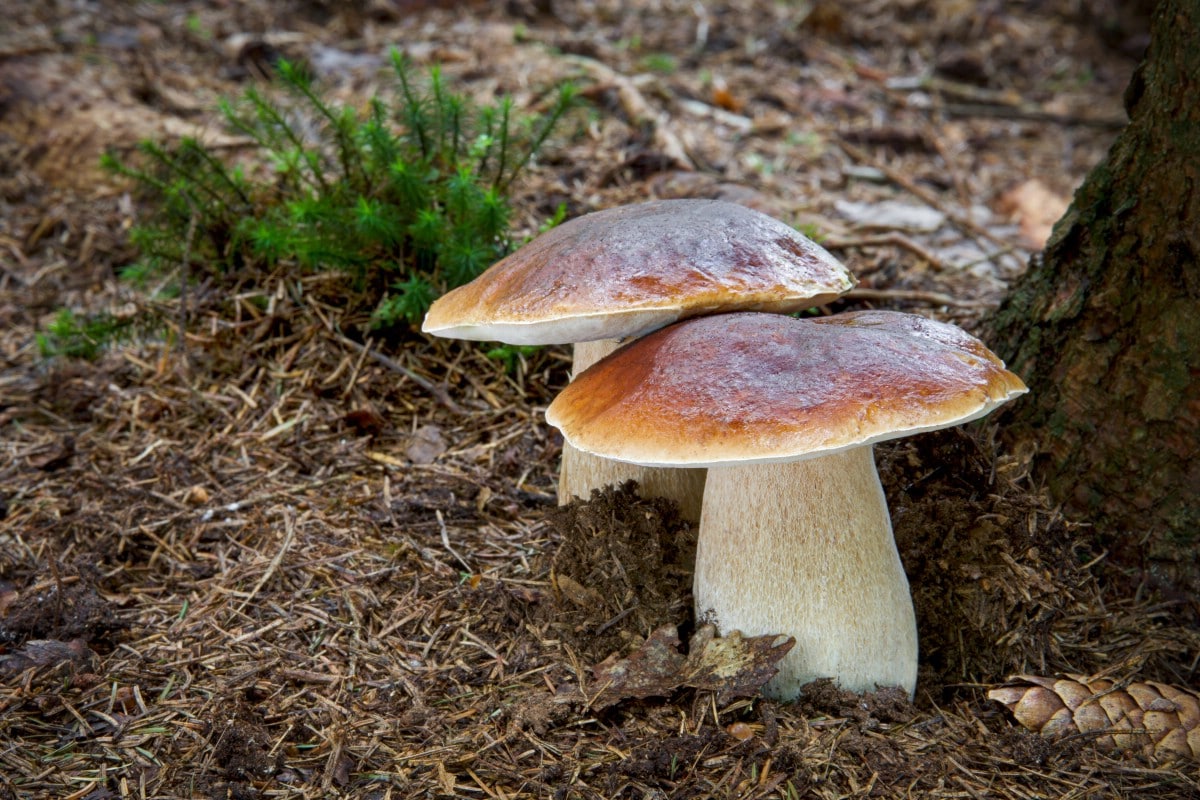
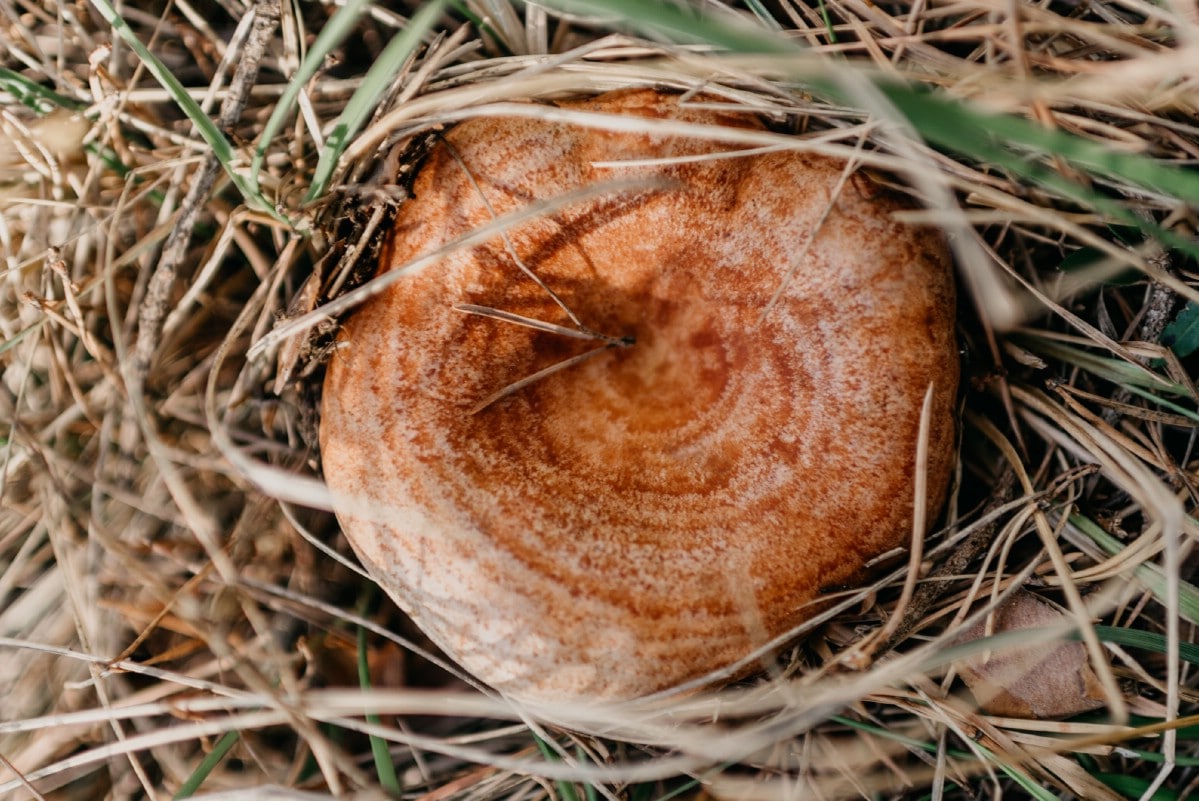
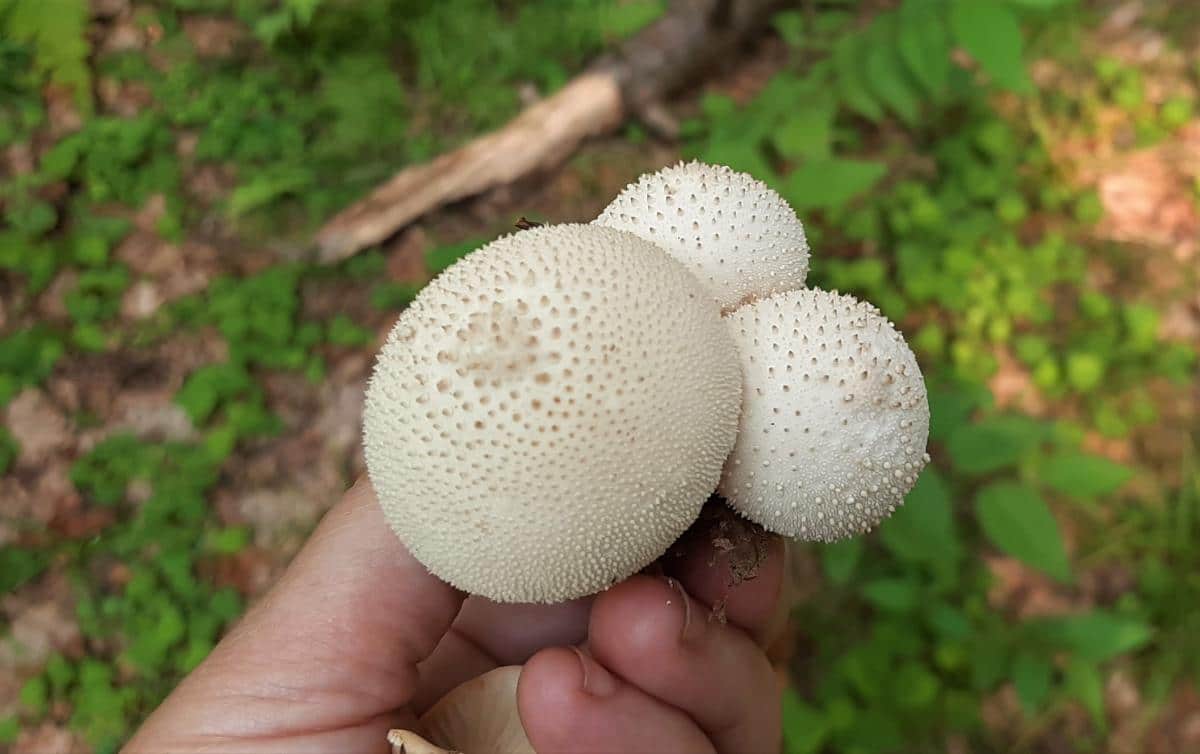
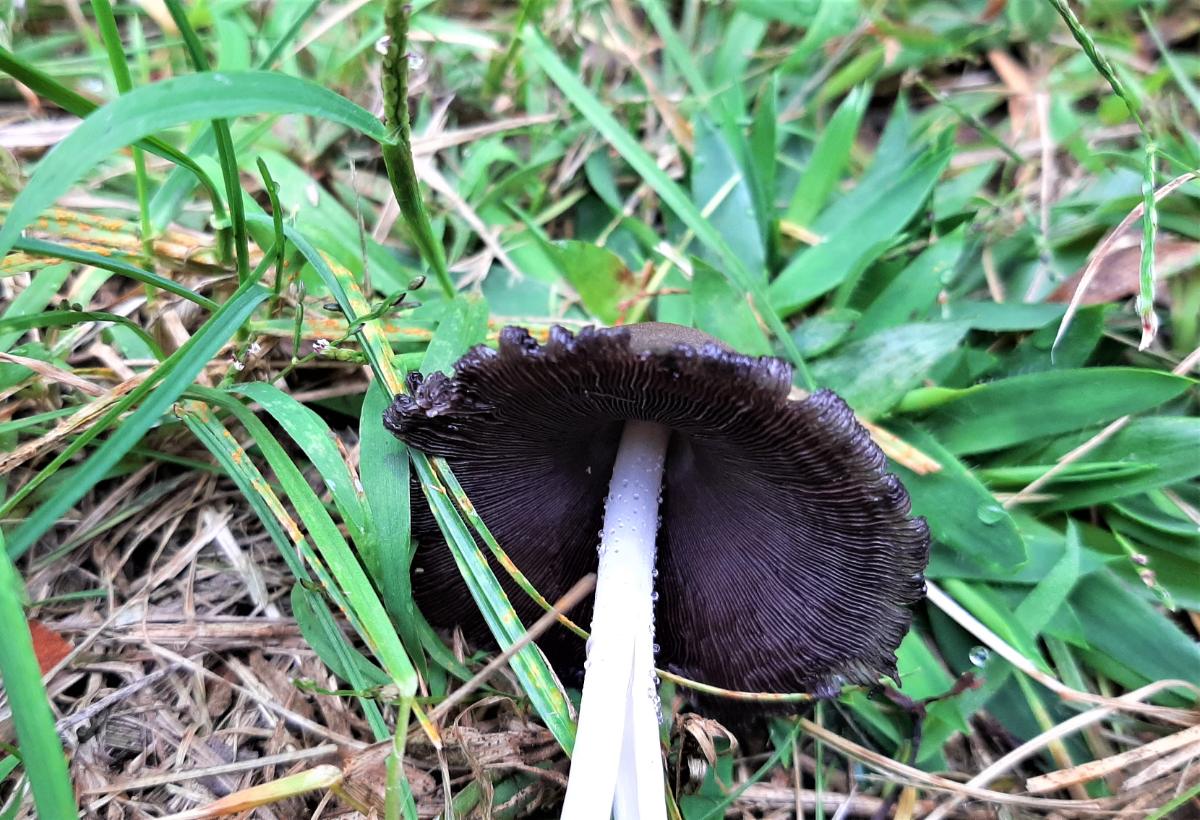
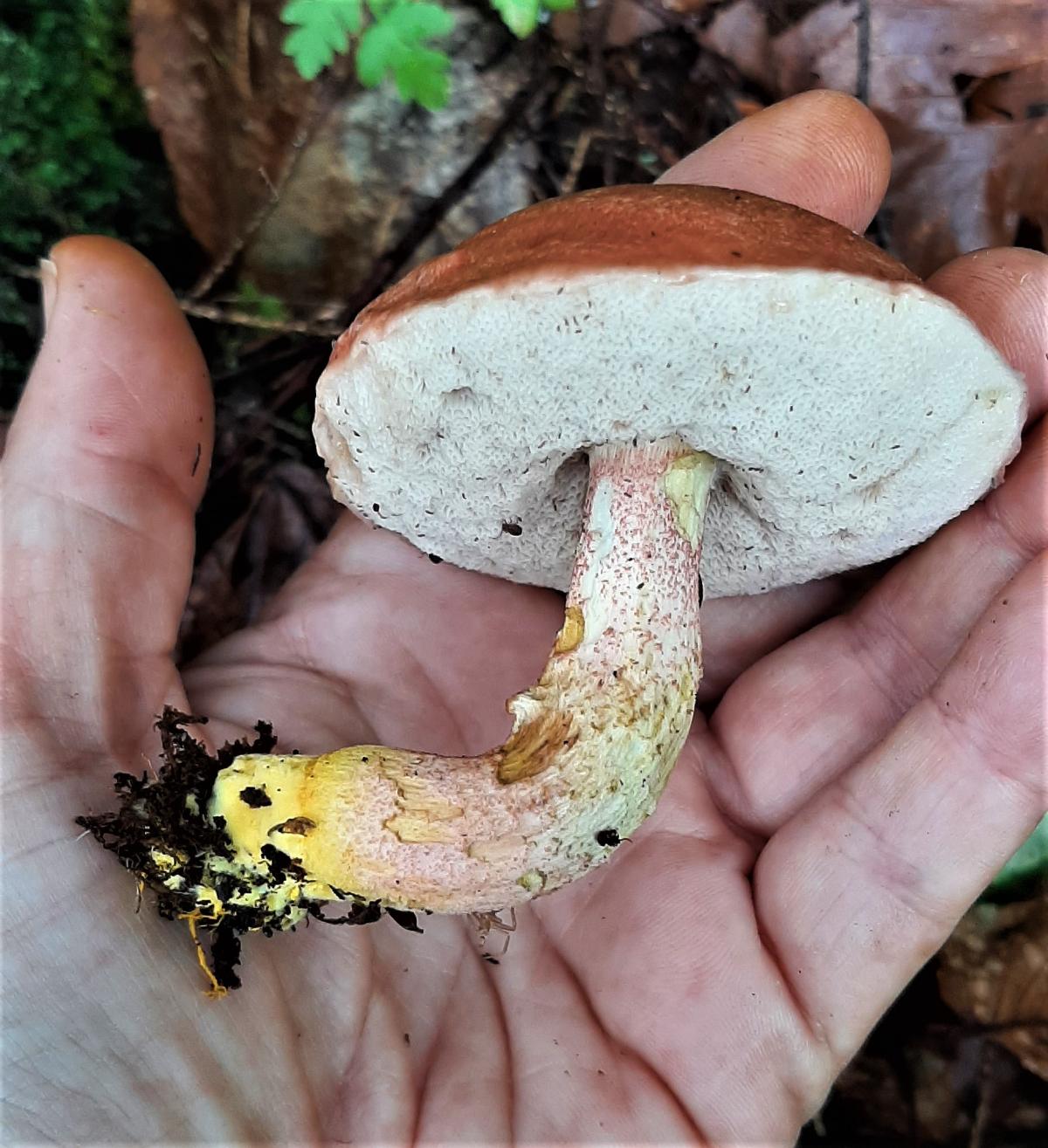
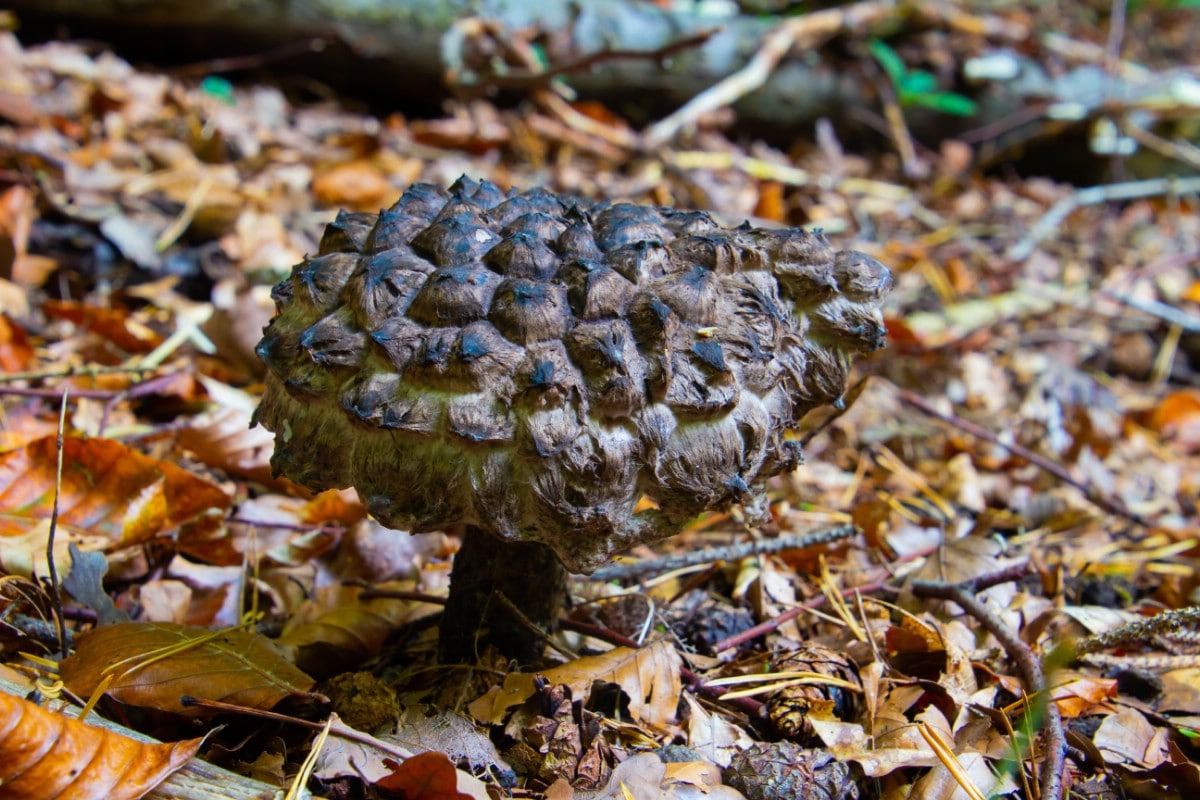
The Five Easiest North American Mushrooms To Forage
While these are the easiest to forage, that doesn’t mean you don’t need to study them or their lookalikes. “Easiest” of mushrooms still involves a lot of work from the new forager.
Not only do you need to figure out how to find them, but you also need to be sure of your basic identification skills. If you don’t know the difference between gills and pores, you will struggle with this list.
If you really want to gain mushroom foraging skills, start with the identification guides linked above, then come back to this list.
Chicken of the Woods
This bright orange-yellow bracket fungus is an eye-catcher. Nothing else looks like it, and it’s one of the top edible species. If you’re lucky, you’ll find a tree covered from top to bottom with chicken of the woods. But, even a single bracket is a good day for a forager.
Don’t confuse this one with Hen of the woods, a completely different species. The only thing they have in common is their similar names and deliciousness. Hen of the woods is gray; the Chicken of the woods is orange. Chicken of the Woods Foraging Guide
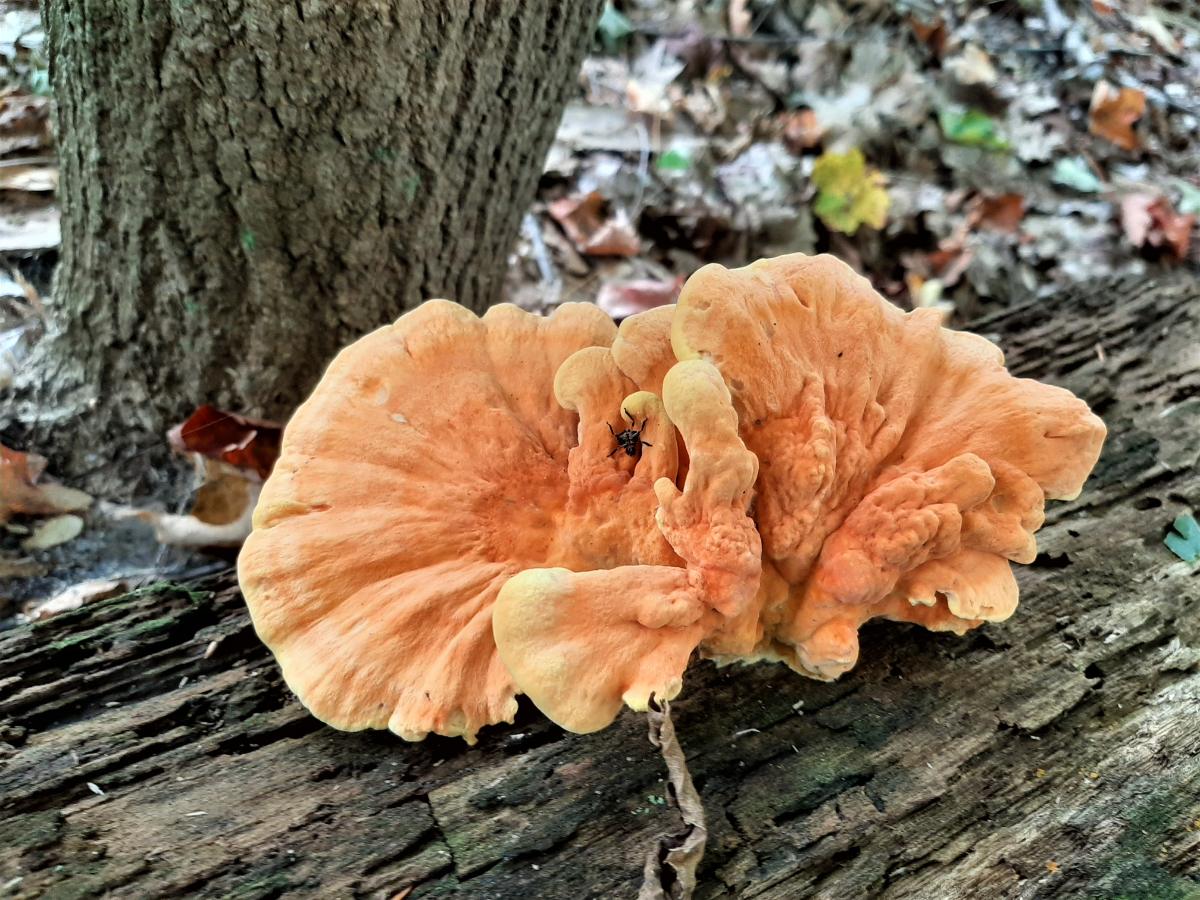
Oyster mushrooms
There are several oyster mushroom species in North America, all of which are fine edibles. They often grow in large overlapping groups and are very widespread. Oyster mushrooms are usually among the first that anyone forages simply because they’re a common species. Oyster Mushroom Foraging Guide
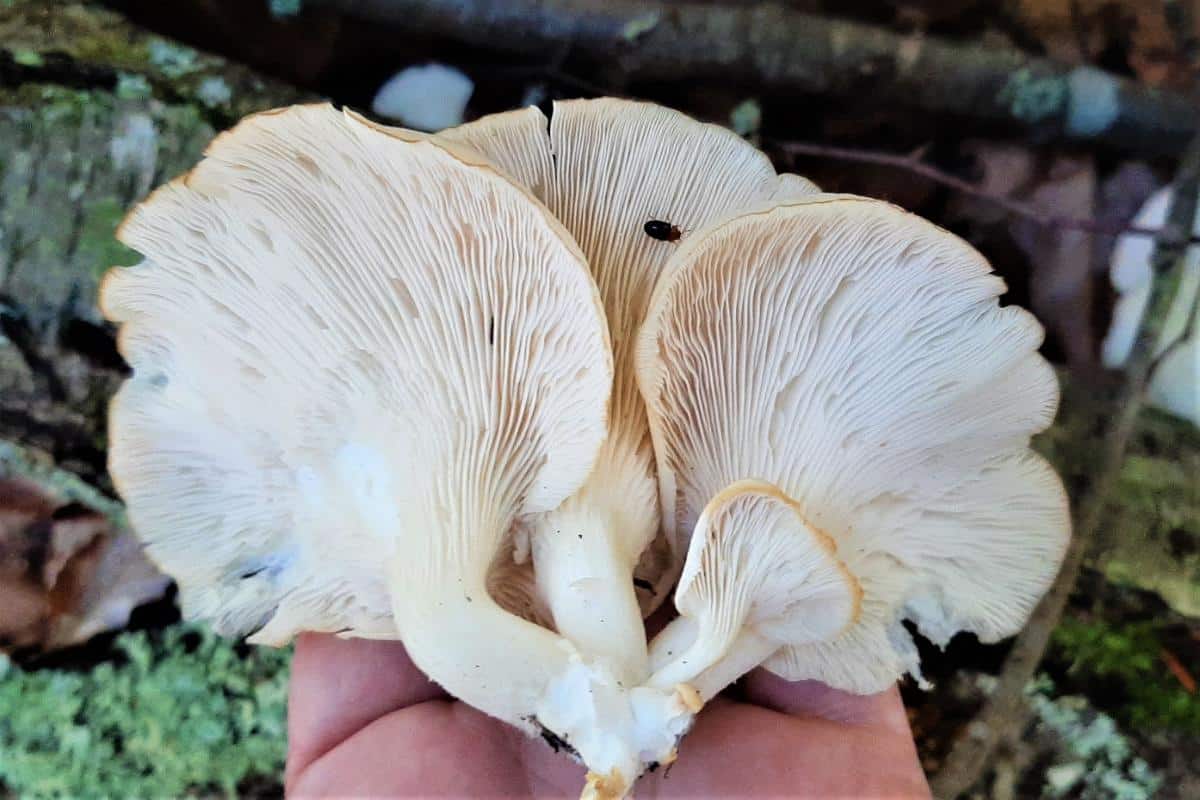
Morels
Everyone’s favorite yet elusive mushroom is often easier to identify than it is to find. Morels are springtime mushrooms (in most regions) and have a short season. Study up on them so you can be ready the moment they start popping up in your area.
Be sure you know how to tell a false morel from a morel – this isn’t difficult, but you want to be confident about the differences. Morel Mushroom Foraging Guide
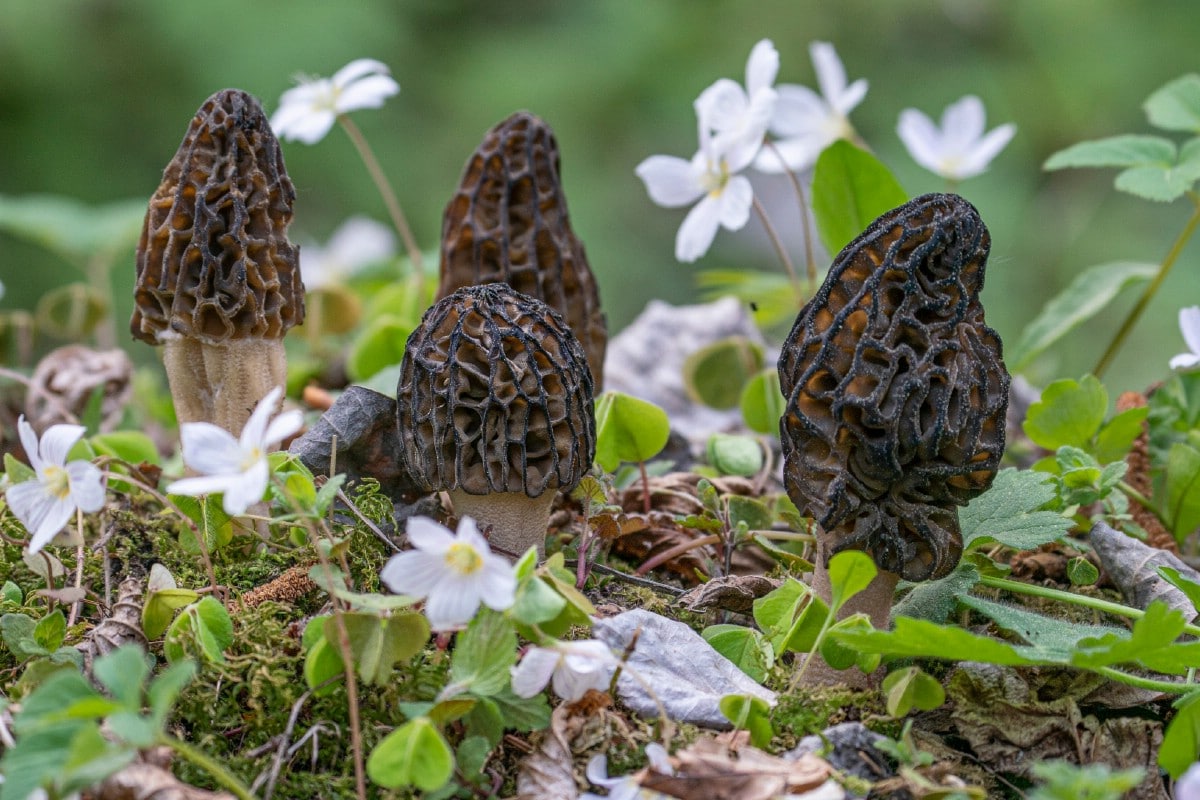
Lobster Mushrooms
The wacky-looking lobster mushroom is the color of a lobster and has a slight seafood-esque flavor. This one is easy to forage because the coloring is so remarkable. Lobster mushrooms get giant, too; if you’re lucky, you’ll find a nice fresh patch. The biggest struggle with foraging this edible mushroom is getting to them before the bugs and slugs. Lobster Mushroom Foraging Guide
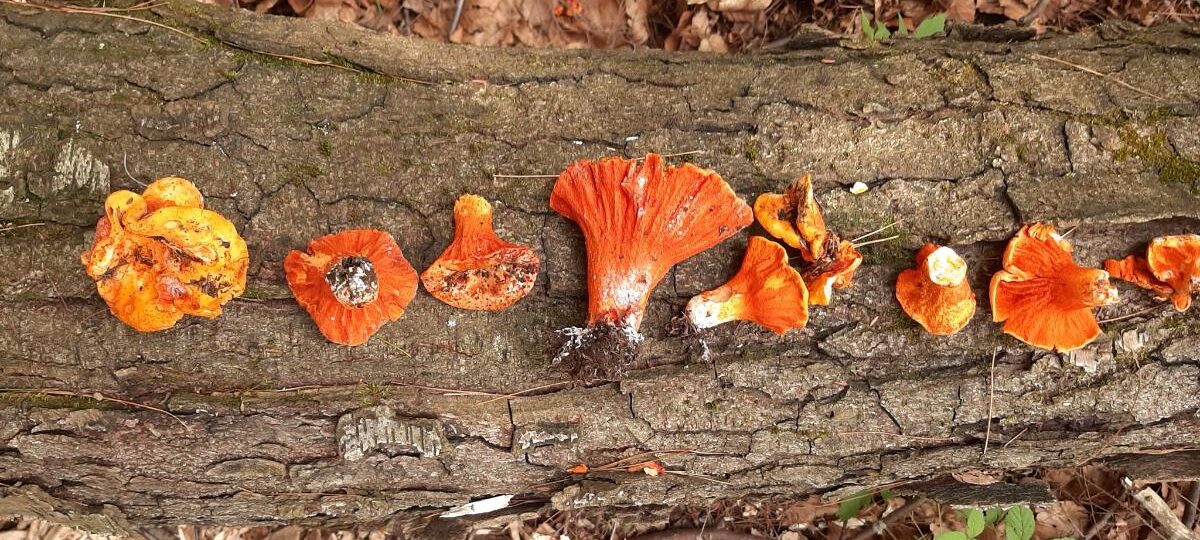
Giant Puffballs
Not only are these an excellent edible, but they’re also super fun to find. Giant puffballs can be the size of a volleyball or even larger if you’re lucky. In fact, the only thing that you could mistake this mushroom for IS a volleyball. The main thing to understand when foraging this mushroom is that it should always be cut in half to verify primeness. Old, overly mature puffballs will make you ill. Giant Puffball Identification and Foraging Guide
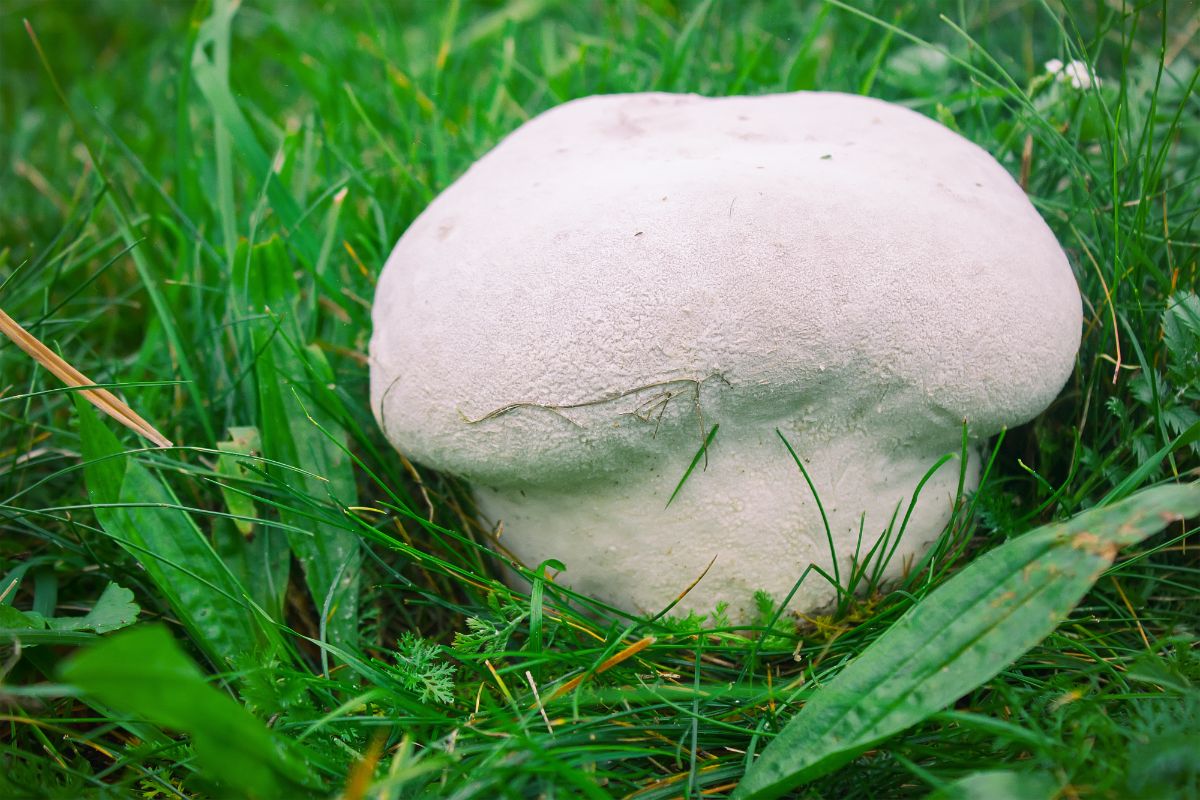
Once you’ve mastered these species, increase your foraging and identification knowledge with this next group of edible mushrooms:
Mushroom Foraging Common Questions
Are there any shortcuts to learning about edible mushrooms?
No. Study, learn, take your time, be patient. If you want to be an expert in any field, you have to put in the hours. The same goes with mushroom identification and foraging.
Are there any good mushroom identification apps?
So, yes there are apps. But, no, they are not reliable and should not be trusted. Maybe someday the AI will catch up to where we want it, but for now, it’s a hard no.
Now, of course, the app companies will tell you how amazing their identification skills are, and for many cases, they may “work” and give you an identification. But they are not trustworthy as a sole source of identification. You can use it to get you started and then use books to confirm.
The problem with apps is that they can’t smell, or feel, or use all the senses that we humans have at our disposal. And, in many cases, mushroom identification is so particular, smell is the sole discerning factor between species. Also, SO MANY species lookalike, and their growth can be distorted or unusual, which makes them hard to identify for even the most experienced.
Not everything can be solved with AI, and mushrooms are strongly in the “no” group.

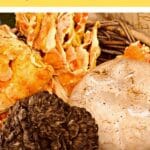
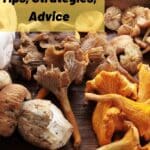

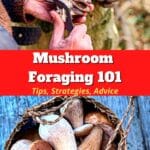

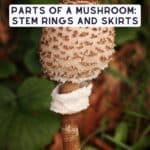
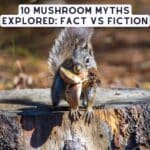
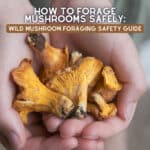
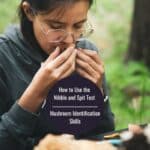
Angela Dansie
Howdy from SW Montana. As we await actual spring (nights above freezing) I am enjoying your articles. Last summer was exceptionally rainy here & we were finding huge patches of morels clear into August. And our property on the sagebrush steppe was abundant with meadow & horse mushroom (agaricus campestris & avensis). We’ve had another wet spring, so I’m hoping for a similarly good year this year. Thanks for the great info!
Jenny
Glad you enjoyed the article! That sounds like an amazing mushroom year! Very jealous. Last year in the northeast was a drought and we barely had anything. Was so sad. Things are looking better this year, thank goodness. Here’s hoping for a good year where you are too. Happy foraging!